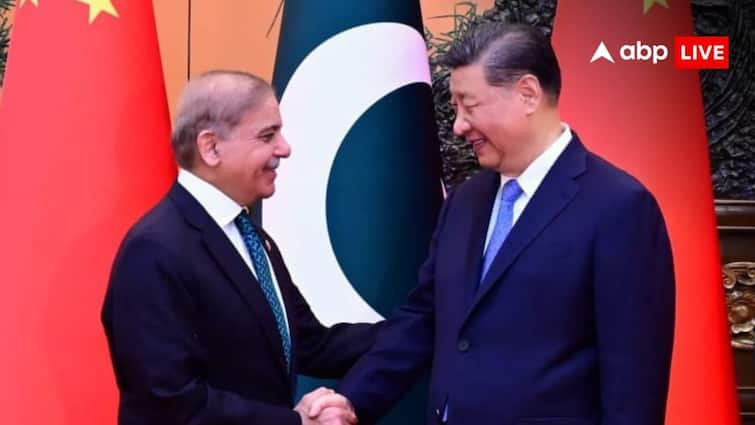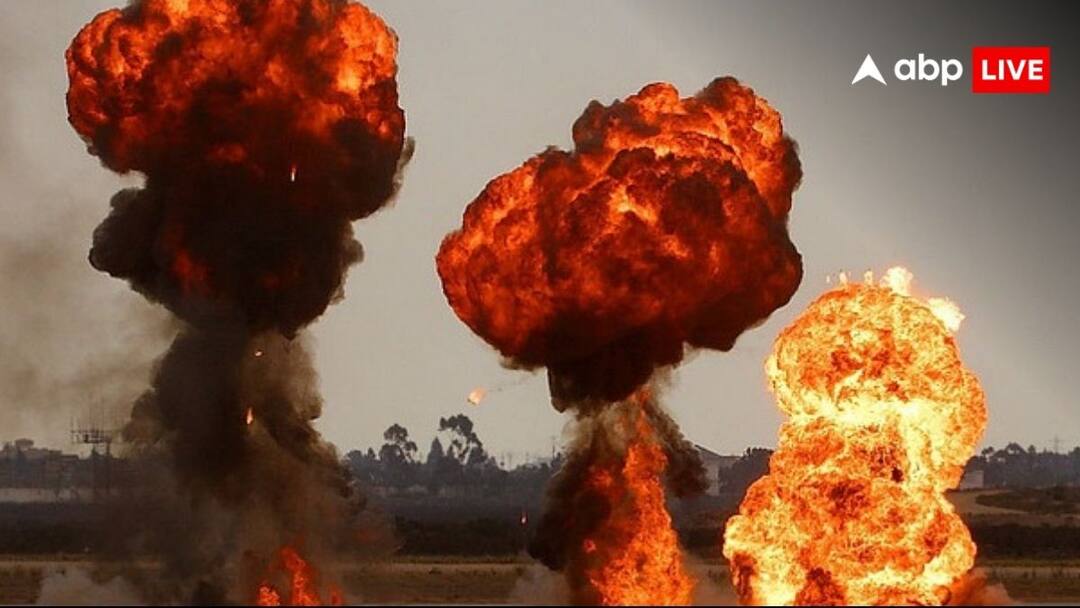- August 14, 2024
Opinion: Opinion | Taliban, Three Years On: Still Searching for Manna

On August 15, 2021, the Taliban swiftly took over Kabul following the withdrawal of the US-led International Security Assistance Force (ISAF), marking a significant diplomatic setback for India. The Taliban were believed to have support from the Tehreek-e-Taliban-e-Pakistan (TTP) operating around the Durand Line, as well as from moderates in Doha.
Amidst the ensuing chaos, India was forced to shut down its embassy in Kabul, evacuating diplomats and citizens. New Delhi had invested heavily in Afghanistan, but the future seemed uncertain under the shadow of conflict. As of August 2020, there were approximately 1,710 Indians in Afghanistan, working in sectors such as banking, IT, construction, healthcare, NGOs, telecom, security, and education, as well as with Afghan and UN missions.
Aid to Afghanistan
The Taliban’s return and the subsequent withdrawal of international forces led many countries, including India, to pull out. However, the Taliban leadership soon realized that running a government required more than just military might-it needed external funds and assistance. New Delhi has cautiously responded to Kabul’s appeals for aid. Important delegations visited Afghanistan, and a technical mission was established in June 2022 to better understand and coordinate humanitarian efforts.
Since 2001, India has committed over USD 3 billion to development and reconstruction projects in Afghanistan. Bilateral trade between India and Afghanistan was valued at USD 1.5 billion in 2019-20. India has supported projects such as a new Parliament building in Kabul and two major river dams. More than 500 projects span across 34 Afghan provinces, addressing critical areas such as power, water supply, road connectivity, healthcare, education, agriculture, and capacity building.
Various bilateral and multilateral meetings have taken place, and the Union Budget for 2024-25 allocated Rs. 200 crores to Afghanistan. This represents a decrease from Rs. 350 crores in the 2021-22 budget.
The Taliban have urged India to resume development projects, arguing that such initiatives would create job opportunities, alleviate poverty, and support development.
The China Factor
India’s outreach to Afghanistan is influenced by the regional dynamics, including China’s growing activity. Initially excluded from China’s expansive Belt and Road Initiative (BRI) in Asia, Afghanistan has seen increased Chinese involvement and funding. A Parliamentary Committee on External Affairs report from last year noted the strategic importance for India to deepen ties with its smaller neighbours in response to China’s BRI and America’s Indo-Pacific vision.
China is courting the Taliban to counter the Uyghur separatist movement. Beijing wants the Taliban to address the Eastern Turkestan Islamic Movement, which, according to a 2021 UN report, is active in Badakhshan, Faryab, Kabul, and Nuristan provinces. The report indicated that the group seeks to establish a Uyghur state in Xinjiang, China, and facilitates the movement of fighters from Afghanistan to China.
Despite its efforts, Beijing’s support for Afghanistan has not met all expectations. China has provided funds, machinery, and technical support, but not as generously as Afghanistan hoped. The country’s economic growth was recorded at -6.2% in 2022, according to Afghanistan’s National Statistics and Information Authority (NSIA).
Pakistan No Longer a Friend
Pakistan has long served as a training ground and launchpad for the Mujahideen in their struggle against Soviet forces. Reportedly supported by the CIA, Peshawar in Pakistan quickly became a crucial hub for the fighters. This is well-documented in The Bear Trap by Brigadier Mohammed Yousuf and Mark Adkin. Yousuf, who led Pakistan’s Inter-Services Intelligence (ISI) Afghan desk from 1983 to 1987, and Adkin, a major in the British Army, detail the logistical and military support Pakistan received from the CIA during the Soviet occupation of Afghanistan.
Beyond the USA and the former USSR, several other countries have played strategic games in Afghanistan due to its geopolitical significance. This has resulted in the division of its people along ethnic and cultural lines to serve the interests of these external powers. Peter Hopkirk chronicles this history in The Great Game, a term coined by British intelligence officer Captain Arthur Conolly during the British occupation of the country in the 19th century.
Despite their ethnic differences, Afghans have resisted aggressors for centuries. During the Soviet era, Pashtuns from the south and Tajiks and Uzbeks from the north employed guerrilla tactics, striking and retreating across the country’s rugged terrain.
A paper by Amna Puri-Mirza, a researcher specializing in the Middle East, published in September 2022, reveals that as of 2020, Afghanistan’s population of approximately 33 million was composed of 42% Pashtuns, 27% Tajiks, and 9% Hazaras. The CIA World Factbook estimates that in 2020, Afghan Persian (Dari) and Pashto were spoken by 77% and 48% of the population, respectively.
The Durand Line, established in November 1893 as the official boundary between undivided India and Afghanistan, remains contentious. Afghanistan has never accepted this boundary, seeking its shift eastward to incorporate Pashtun-majority areas in Pakistan. This disagreement has led to intermittent conflicts.
Relations between Islamabad and Kabul have deteriorated as Pakistan has increased its pressure on Afghanistan for harbouring “Pakistani Taliban” and for alleged strikes on Pakistani soil. Frequent gunfights have led to the closure of the border, causing significant disruptions for Afghan traders. Key border crossings like Torkham and Spin Boldak have been particularly affected, with long queues of stranded vehicles.
India has faced setbacks in its involvement in Afghanistan over the past three decades. In the ongoing great game, countries like China, Russia, and Iran are influential in shaping Afghanistan’s future, and India must navigate these shifting alliances carefully.
(Jayanta Bhattacharya is a senior journalist writing on polls and politics, conflict, farmer and human interest issues)
Disclaimer: These are the personal opinions of the author







